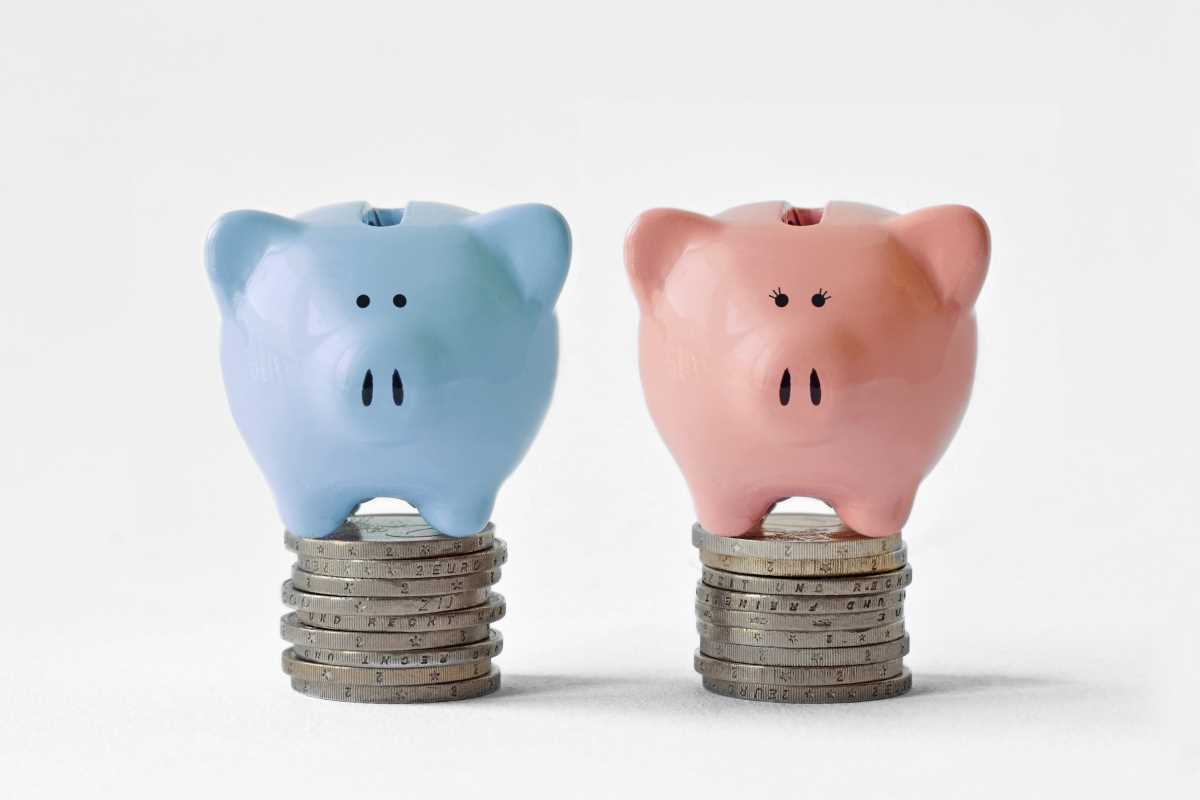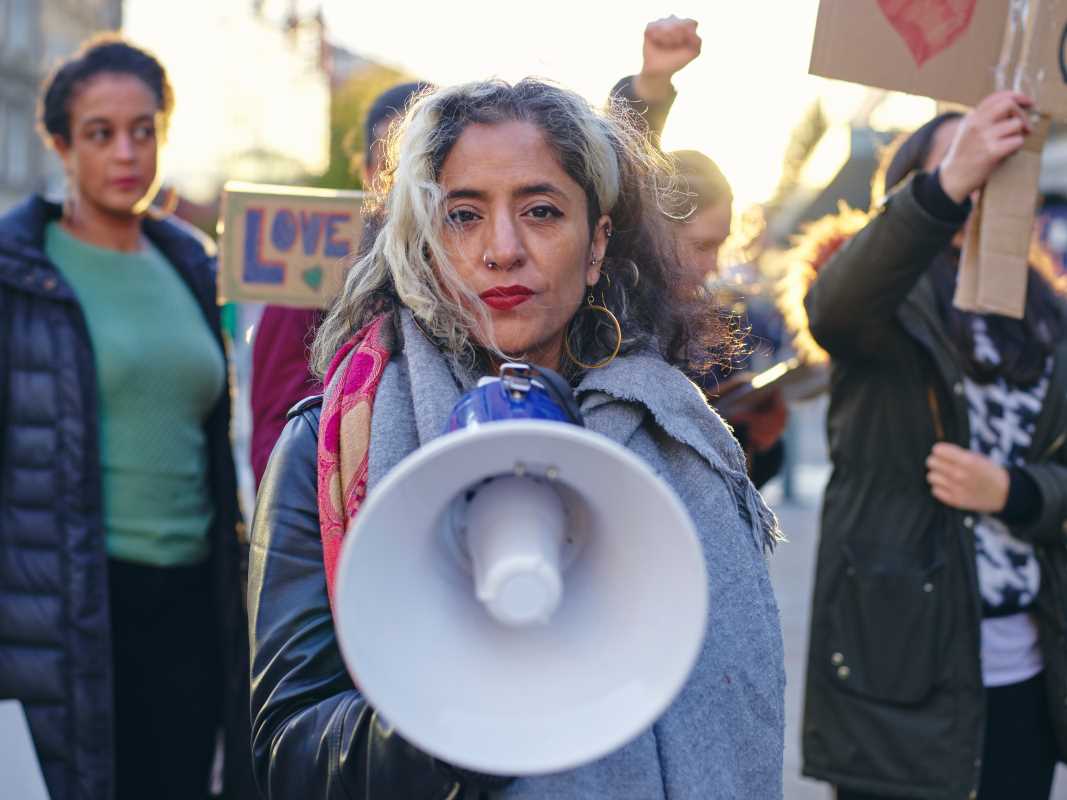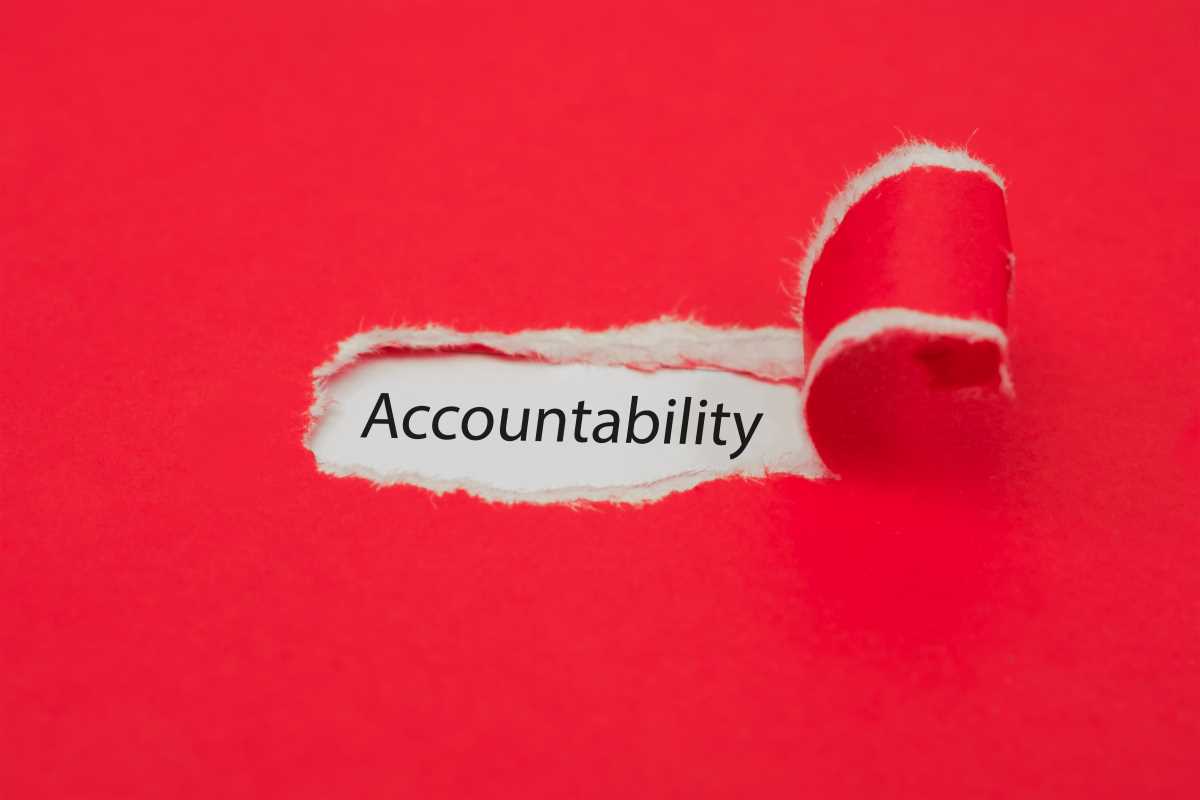Activism isn’t what it used to be. Gone are the days when participating in movements meant physically attending rallies or silently handing out flyers. Today, in the age of social media, activism has a digital home. Platforms like TikTok, in particular, have transformed how people raise awareness, advocate for change, and spread important messages. What was once seen just as a platform for dance trends and comedy videos is now a powerful tool for modern activism. From hashtag campaigns to viral educational content, TikTok is reshaping how social movements take root and spread.
But how did TikTok become a hub for activism, and why is it so effective? To understand its role in modern advocacy, it helps to explore how the platform works, the unique ways it fosters activism, and examples of real-world impact that started with just a 15-second video.
The Evolution of TikTok and Its Audience
TikTok wasn’t always tied to activism. Originally launched as a platform for short, entertaining videos, it quickly grew into one of the most popular social media apps in the world. Especially popular among younger generations, TikTok offers an endless scroll of content covering everything from dance moves to cooking tutorials.
The app’s algorithm plays a major role in its success. It’s designed to show users videos they’re likely to engage with, creating a highly personalized feed. This means users can quickly connect with content that matches their interests or values. For activists, this feature is gold. A single well-crafted video can go viral, reaching millions of people outside the creator's immediate network. This potential for massive reach is one reason why TikTok has become an unexpected but extremely powerful platform for activism.
What Makes TikTok Powerful for Activism?
TikTok stands out from other social media platforms like Twitter or Instagram in its ability to drive activism. Here’s why:
- Visual Storytelling: TikTok thrives on videos, making it easier to convey human emotions and stories compared to a static photo or a written tweet. A young activist can share a heartfelt story or provide a quick tutorial on a complex issue in under a minute, making the message engaging and digestible.
- Accessibility: Anyone with a smartphone and internet access can record and upload a TikTok video. You don’t need expensive equipment or a team to make an impact. This accessibility levels the playing field, allowing voices from all walks of life to be heard.
- Community Building: TikTok fosters tight-knit communities through hashtags, challenges, and trends. Activists can create a hashtag campaign around an issue, and users can contribute their own videos, turning it into a collective effort.
- Speed of Virality: Trends on TikTok can gain traction almost overnight. This rapid exposure allows activist messages to reach large audiences faster than traditional forms of spreading awareness could.
- Youth Engagement: Since a large percentage of TikTok’s users are under 30, it’s a prime channel to engage younger generations in activism. Many movements that start on TikTok appeal to Gen Z, who are notably passionate about advocating for social and environmental change.
Hashtag Activism on TikTok
Hashtags are one of TikTok’s most effective tools for activism. They group videos together, creating a digital rally for a cause. If you’ve spent time on TikTok, you’ve probably seen hashtags like #BlackLivesMatter, #ClimateAction, or #StopAsianHate on your feed. These serve as hubs for raising awareness, sharing stories, and posting updates relevant to their movements.
During the Black Lives Matter protests in 2020, TikTok users flooded the platform with videos tagged #BlackLivesMatter. These videos ranged from clips of protests and educational content about systemic racism to personal stories of injustice. The hashtag has accumulated billions of views, showing how TikTok can magnify a movement that’s already gaining traction elsewhere.
Another prominent example is the #SaveTheTurtles trend, which originated from people advocating for reduced use of single-use plastics. What started as a lighthearted meme quickly turned into environmental activism, with viral videos encouraging viewers to switch to metal straws and reduce waste. While it may have begun as a joke, it successfully raised awareness about the harm plastics bring to marine life.
The Rise of Educational Activism
One of TikTok’s surprising strengths is its ability to educate. Many creators use the platform to break down complex issues into short, easy-to-understand videos. It’s not uncommon to see TikToks explaining the history of a movement, the effects of climate change, or the details of a legislative issue in just a minute or less.
Activists have turned to TikTok to teach their followers about a wide range of topics. For instance, Indigenous TikTok creators often use the platform to educate others about their traditions, history, and ongoing struggles. These videos combine storytelling with education, helping to preserve and share important cultural knowledge with a broader audience.
Creators like @shinamahofthemoon and @petadillaa have gained millions of followers for their educational TikToks on topics like environmentalism, social justice, and human rights. Their videos show how accessible education can inspire people to take action.
Challenges and Criticism of Activism on TikTok
Like any platform, TikTok’s role in activism isn’t without its challenges and controversies. People sometimes criticize online activism, dismissing it as “slacktivism.” This term refers to the idea that some users engage with activism superficially by liking or sharing a video without committing to real-world action. While sharing videos is a step toward raising awareness, meaningful change often requires deeper involvement.
Another issue is misinformation. TikTok’s fast pace and accessibility make it easy for false or misleading information to spread. Without fact-checking, users might unknowingly support or share content that harms the movement’s credibility.
Lastly, TikTok content can sometimes feel temporary because of its trend-driven nature. Activism campaigns may gain significant exposure initially, but interest often fades as new trends emerge. This “short shelf life” can pose a challenge for movements needing sustained attention.
Examples of TikTok Making a Difference
Although challenges exist, there’s no denying that TikTok has inspired real-world impact in many cases. Take the 2020 U.S. presidential election, for example. TikTok users organized campaigns to encourage voter registration and educate viewers about the importance of their vote. The hashtag #VotingMatters saw millions of views, and creators used humor, music, and storytelling to drive their message home.
Another standout moment came with the global climate strikes. TikTok played a key role in connecting young environmentalists worldwide. Activists used the platform to share protest schedules, provide tips for striking safely, and amplify Greta Thunberg’s messages about climate change.
Even smaller-scale stories of kindness and action have appeared on TikTok. For example, creators have shared videos matching foster kids with families, crowdfunding medical expenses for strangers, and donating to small businesses in need.
How Can We Use TikTok for Good?
Whether you’re an experienced activist or simply someone who cares about making a difference, TikTok offers endless opportunities to get involved. Here are a few tips for using TikTok for activism:
- Focus on storytelling. Share personal or relatable stories to connect with viewers on an emotional level.
- Use hashtags effectively. Align your videos with relevant movements or causes by using trending activist hashtags.
- Collaborate with others. Partner with creators or groups who share your passion to amplify your message.
- Provide clear calls to action. Tell viewers how they can help, whether it’s signing a petition, donating, or spreading awareness.
 (Image via
(Image via





